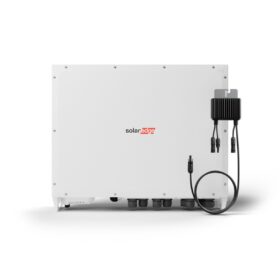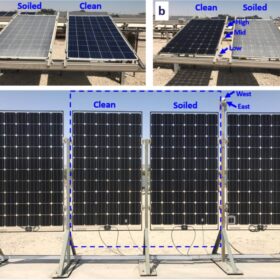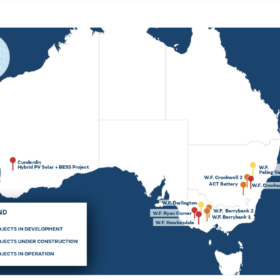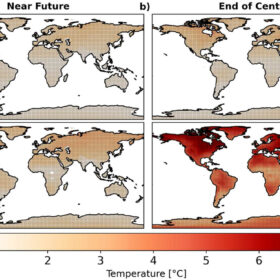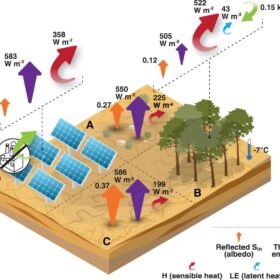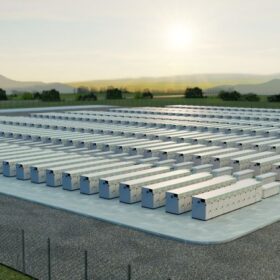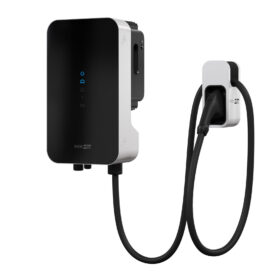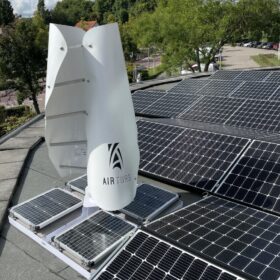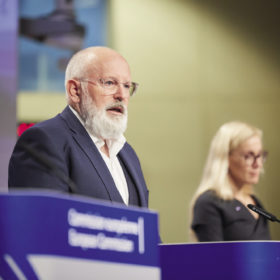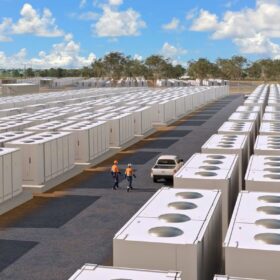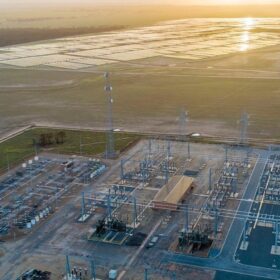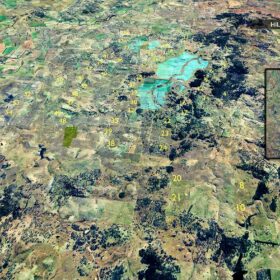SolarEdge unveils inverters for smaller solar projects
SolarEdge has unveiled its new TerraMax Inverter, which boasts 99% efficiency and enables 200% DC oversizing. It features an integrated night-time PID rectifier and is paired with the company’s H1300 Power Optimisers.
East-west vertical PV as antidote for soiling in desert regions
New research shows that east-west-oriented vertical PV installations can significantly help reduce soiling in desert environments. The scientists found that PV power generation can be up to 9% higher in vertical systems compared to conventional arrays.
ClearVue integrated solar window tech cracks Middle East construction market
Smart building materials company ClearVue Technologies has cracked the Middle East and Indian construction markets after signing a five-year agreement with Qatar’s largest glass and façade manufacturer.
$4 billion expected from sale of Naturgy’s 1.3 GW portfolio-holder GPG Australia
Major Australian renewable energy portfolio holder Global Power Generation Australia, jointly owned by Spain’s Naturgy and an arm of the Kuwait Investment Authority, is reportedly going up for auction early next year.
Solar productivity negatively impacted by emissions and aerosols, study finds
A study by engineers at UNSW, published in the Renewable Energy journal, shows that aerosols and greenhouse gas emissions reduce the productivity of photovoltaic installations and that this differs according to the global region.
New research claims PV outperforms afforestation in combating climate change
Scientists from Israel have calculated how long it would take for PV plants and afforestation projects to offset their warming impacts caused by the darkening of land. The results showed that in drylands, PV fields could be over 50 times more efficient than afforestation.
Akaysha does revenue swap deal for 300 MWh battery project
The 150 MW/300 MWh Ulinda Park battery project planned for Queensland’s Western Downs region is a step closer to a final investment decision with battery and renewable energy developer Akaysha Energy inking a hedging deal designed to manage revenue-related risks for the estimated $150 million (USD 100 million) project.
SolarEdge unveils bidirectional EV charger
SolarEdge’s new bidirectional DC-coupled electric-vehicle (EV) charger enables vehicle-to-home and vehicle-to-grid applications and can seamlessly integrate with its home energy systems. It is scheduled for release in the second half of 2024.
Hybrid wind-solar power system for residential applications
Dutch startup Airturb has developed a 500 W hybrid wind-solar power system featuring a vertical axis wind turbine and a solar base hosting four 30 W solar panels. The system can be used for rooftop or off-grid applications.
Europe introduces new green hydrogen rules
The European Commission has presented the final version of its new rules for green hydrogen, with looser requirements to qualify hydrogen as “green.”
